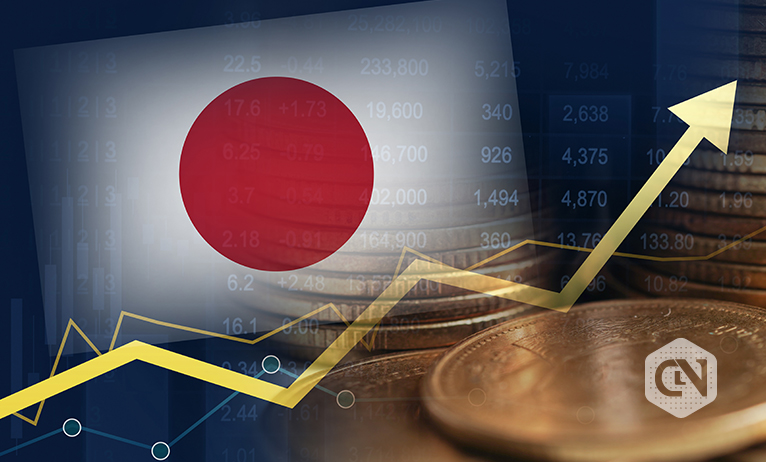This content has been archived. It may no longer be relevant.
The week started positively for the safe-haven dollar as it hit a 24-year high against the Japanese yen. The development emerged after the tightening of the US monetary policy.
On the other hand, Japan maintained its low-interest rates, widening the gap even further. Top forex brokers across the globe noted the yen hit 140.97, its lowest since 1998. The currency ended the day pairing at 140.91 per dollar.
Galvin Chia, a marketing strategist at NatWest Markets, talked about the recent development. According to Chia, when the yen broke through 140, the momentum skewed toward its market weakness.
Advertisement
As long as the yield curve control stays in play along with the interest rate divergence, the yen will maintain a weaker stance, added Chia.
On the other side of the market, the greenback slightly eased from peak highs on the sterling and euro. However, the threat of gas crisis and recession fears still loom above the currencies.
The euro started the week at 0.99605 dollars, a 0.36% hike from the previous weekend. However, the currency quickly sank to its twenty-year low of 0.9876 dollars. The primary factor behind this dip was the prospects of winter without Russian gas.
Russia temporarily halted its gas flow to Germany after putting the blame on an oil leak. However, it was later revealed that the stoppage was imposed to levy sanctions.
The news was confirmed by Vitaly Markelov, the deputy chief executive at Gazprom. Markelov stated that the pipeline would stop shipments until Siemens Energy repairs the faulty pieces of equipment.
Advertisement
Sterling followed the euro’s pattern, gaining 0.54% to reach 1.1585 dollars before dipping to 1.1444 dollars, its 2-½-year low. Meanwhile, the Australian dollar merely witnessed a 0.05% hike to hit 0.6801 dollars.







